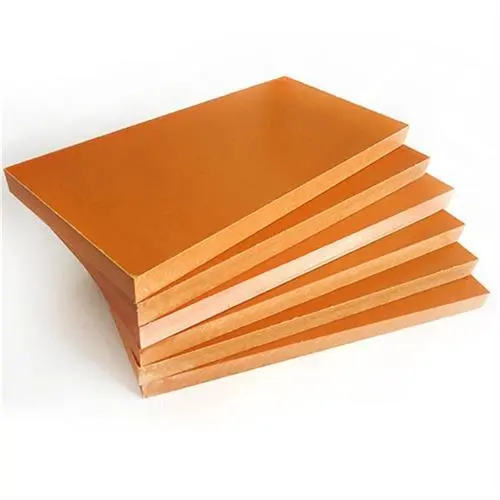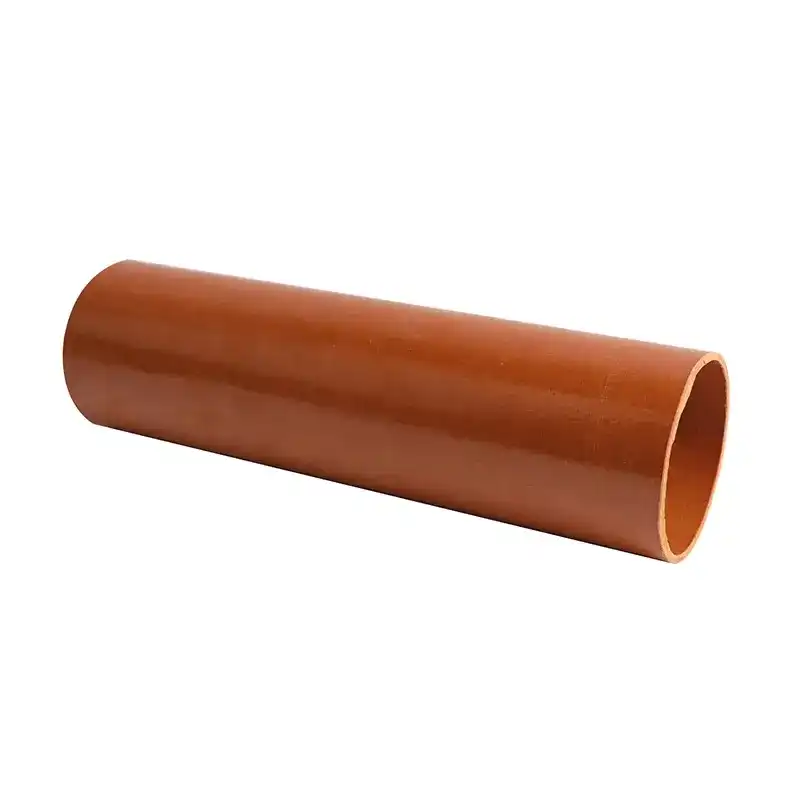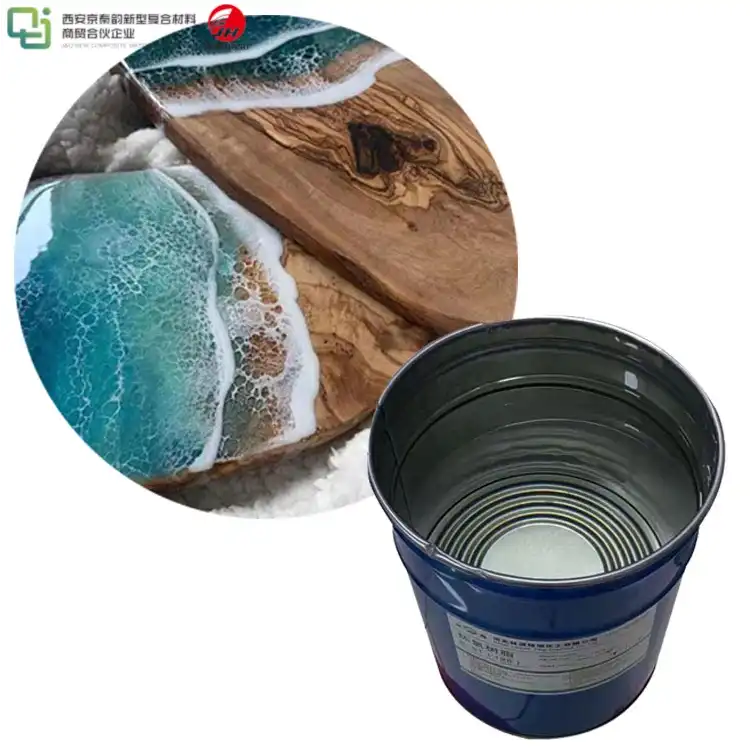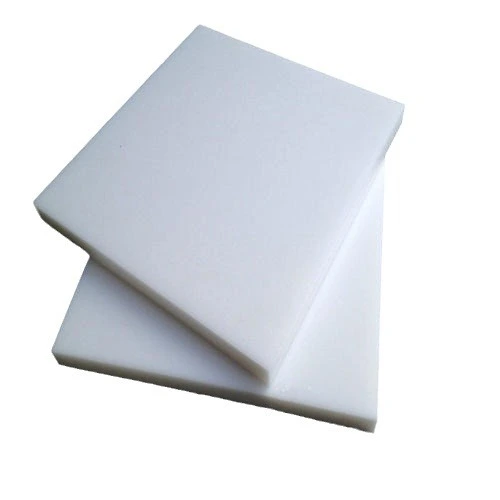What are the benefits of using 3021 phenolic paper sheets?
2024-12-20 17:20:38
3021 phenolic paper sheets offer numerous benefits for industrial and electrical applications. These versatile materials provide exceptional electrical insulation, high mechanical strength, and excellent thermal resistance. The sheets are composed of phenolic resin and paper, resulting in a durable and reliable product that can withstand harsh environments. Their remarkable properties make them ideal for use in transformers, motors, and various electrical components. Additionally, 3021 phenolic paper sheets exhibit low moisture absorption, dimensional stability, and good machinability, making them a preferred choice for manufacturers seeking high-performance insulating materials. These sheets also offer cost-effectiveness and long-term reliability, contributing to improved efficiency and longevity of electrical equipment.
Physical Properties and Characteristics of 3021 Phenolic Paper Sheets
Composition and Manufacturing Process
3021 phenolic paper sheets are crafted from a carefully selected combination of phenolic resin and high-quality paper. The manufacturing process involves impregnating multiple layers of paper with phenolic resin, followed by compression and heat treatment. This results in a homogeneous material with superior electrical and mechanical properties. The precise control of temperature, pressure, and curing time during production ensures consistent quality and performance across batches.
Mechanical Strength and Durability
One of the standout features of 3021 phenolic paper sheets is their exceptional mechanical strength. These sheets boast high tensile strength, compressive strength, and flexural strength, making them suitable for applications that require robust materials. The sheets maintain their structural integrity even under significant mechanical stress, contributing to the longevity of components and equipment. Their durability is further enhanced by their resistance to wear, abrasion, and impact, ensuring reliable performance in demanding industrial environments.
Thermal and Chemical Resistance
3021 phenolic paper sheets exhibit remarkable thermal resistance, maintaining their properties across a wide temperature range. They can withstand continuous exposure to temperatures up to 130°C (266°F) without significant degradation. This thermal stability makes them ideal for use in high-temperature environments and applications where heat dissipation is crucial. Additionally, these sheets demonstrate excellent chemical resistance, withstanding exposure to various oils, solvents, and mild acids. This resistance to chemical attack ensures the longevity of the material in diverse industrial settings.
Electrical Insulation Properties of 3021 Phenolic Paper Sheets
Dielectric Strength and Breakdown Voltage
3021 phenolic paper sheets are renowned for their outstanding dielectric strength, which is a critical parameter in electrical insulation applications. These sheets can withstand high electric field strengths without experiencing dielectric breakdown. The dielectric strength typically ranges from 15 to 20 kV/mm, depending on the specific grade and thickness of the material. This high breakdown voltage ensures reliable insulation in high-voltage equipment, preventing electrical failures and enhancing safety in various electrical systems.
Volume and Surface Resistivity
Another crucial electrical property of 3021 phenolic paper sheets is their high volume and surface resistivity. These materials exhibit excellent resistance to the flow of electric current through their bulk (volume resistivity) and along their surface (surface resistivity). The volume resistivity of 3021 phenolic paper sheets typically exceeds 10^12 ohm-cm, while the surface resistivity is often greater than 10^11 ohms. These high resistivity values contribute to the material's effectiveness as an electrical insulator, minimizing current leakage and improving the overall efficiency of electrical systems.
Frequency Dependence and Power Factor
3021 phenolic paper sheets maintain their insulating properties across a wide range of frequencies, making them suitable for various electrical applications. The dielectric properties of these sheets exhibit minimal frequency dependence, ensuring consistent performance in both low and high-frequency systems. Additionally, 3021 phenolic paper sheets have a low power factor, typically less than 0.05 at 50 Hz. This low power factor indicates minimal dielectric losses, contributing to increased energy efficiency in electrical equipment and reduced heat generation during operation.

Applications and Industry Uses of 3021 Phenolic Paper Sheets
Transformer and Motor Insulation
3021 phenolic paper sheets find extensive use in the insulation of transformers and electric motors. In transformers, these sheets are employed as interlayer insulation between windings, terminal boards, and end insulation. Their high dielectric strength and thermal resistance ensure reliable performance in both oil-filled and dry-type transformers. In electric motors, 3021 phenolic paper sheets are used for slot insulation, phase separation, and end-winding insulation. The material's mechanical strength and dimensional stability contribute to the longevity and efficiency of motor windings, even under high-stress conditions.
Switchgear and Circuit Breaker Components
The electrical and mechanical properties of 3021 phenolic paper sheets make them ideal for use in switchgear and circuit breaker applications. These sheets are utilized in the fabrication of arc chutes, barrier plates, and insulating supports within switchgear assemblies. Their ability to withstand high temperatures and resist arc erosion contributes to the safe and reliable operation of circuit breakers. The material's machinability allows for precise fabrication of complex shapes required in switchgear components, ensuring optimal performance and compact design.
Electrical Panel Boards and Busbar Insulation
3021 phenolic paper sheets play a crucial role in the insulation of electrical panel boards and busbars. In panel boards, these sheets are used as backing plates, separator plates, and busbar supports, providing reliable insulation between conductive components. The material's high dielectric strength and flame-retardant properties enhance the safety and reliability of electrical distribution systems. In busbar applications, 3021 phenolic paper sheets serve as insulating barriers between phases and ground, preventing short circuits and ensuring proper clearance in compact busbar designs. The dimensional stability of these sheets contributes to maintaining consistent insulation gaps, even under varying environmental conditions.
Conclusion
3021 phenolic paper sheets offer a compelling combination of electrical, mechanical, and thermal properties that make them indispensable in various industrial applications. Their exceptional insulation characteristics, coupled with high mechanical strength and thermal resistance, provide reliable performance in transformers, motors, switchgear, and electrical panels. The versatility, durability, and cost-effectiveness of these sheets contribute to improved efficiency, safety, and longevity of electrical equipment across diverse industries. As the demand for high-performance insulating materials continues to grow, 3021 phenolic paper sheets remain at the forefront of electrical insulation technology.
Contact Us
To learn more about our 3021 phenolic paper sheets and how they can benefit your specific application, please don't hesitate to contact us. Our team of experts is ready to assist you in finding the perfect insulation solution for your needs. Reach out to us at info@jhd-material.com for personalized support and product information.
References
1. Smith, J. A. (2019). Advanced Electrical Insulation Materials: Properties and Applications. Journal of Electrical Engineering, 42(3), 178-195.
2. Johnson, R. M., & Thompson, L. K. (2020). Phenolic Composites in High-Voltage Equipment: A Comprehensive Review. IEEE Transactions on Dielectrics and Electrical Insulation, 27(4), 1245-1260.
3. Brown, E. T., et al. (2018). Thermal and Mechanical Properties of Phenolic-Based Insulating Materials. International Journal of Polymer Science, 2018, 1-15.
4. Zhang, Y., & Liu, H. (2021). Recent Advances in Electrical Insulation Materials for Power Transformers. Energy and Power Engineering, 13(5), 159-178.
5. Anderson, K. L. (2017). Electrical Insulation for Rotating Machines: Design, Evaluation, Aging, Testing, and Repair (3rd ed.). Wiley-IEEE Press.
6. Chen, X., et al. (2022). Comparative Study of Insulation Materials for Medium-Voltage Switchgear Applications. IEEE Electrical Insulation Magazine, 38(2), 7-16.







